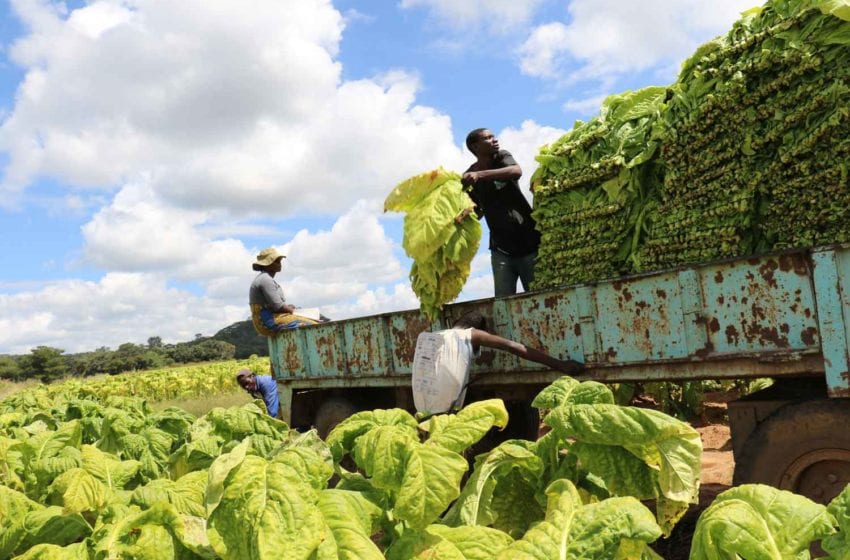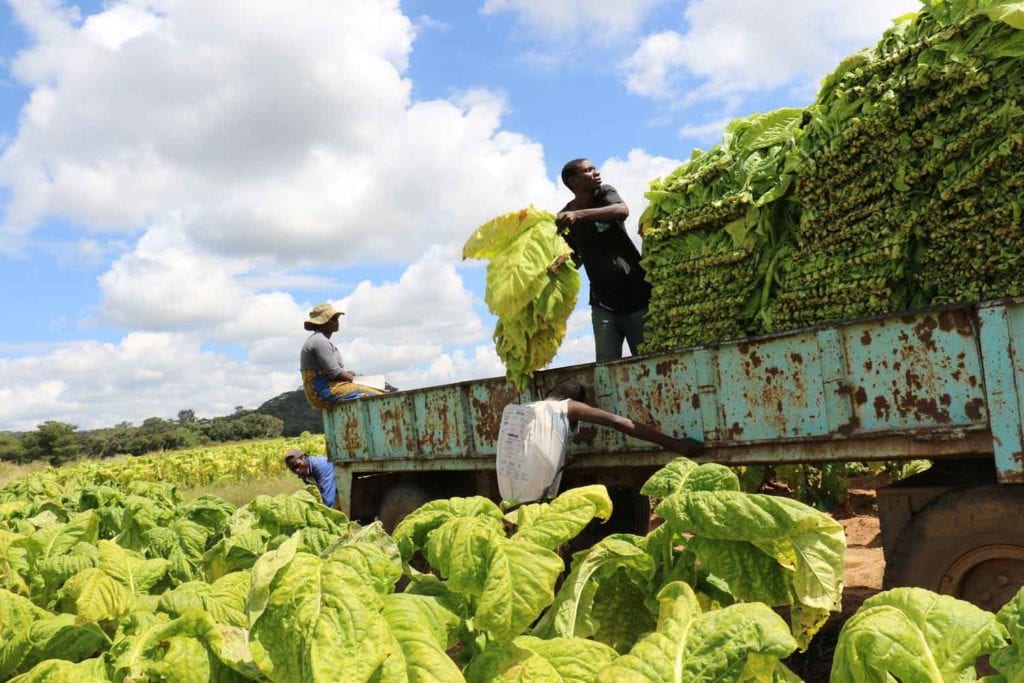Tobacco Cultivation up in Africa, Down Globally
- Leaf News This Week
- February 19, 2021
- 0
- 3 minutes read


Even as tobacco cultivation declined globally, it increased in Africa, reports Down to Earth, citing a study by the World Health Organization (WHO).
Worldwide, the area under tobacco cultivation decreased by 15.66 percent between 2012 and 2018—but in Africa, it increased 3.40 percent during the same period. Leaf production decreased globally by 13.9 percent between 2012 and 2018; in Africa, however, it increased by 10.6 percent. In 2018, global tobacco leaf production was 6.3 million tons; in Africa, it was 722,187 tons, representing 11.4 percent of global production.
In 1995, there were only two major tobacco leaf growing countries in Africa—Malawi and Zimbabwe. Over the past two decades, other African nations have substantially increased their production of tobacco leaves.
Today, the main tobacco leaf growing countries in Africa are Zimbabwe (25.9 percent of Africa’s output), Zambia (16.4 percent), Tanzania (14.4 percent), Malawi (13.3 percent) and Mozambique (12.9 percent).
Many African governments view tobacco farming as a tool to alleviate poverty. From 2012 to 2018, the value of tobacco leaf exports from Africa increased by 10.51 percent to $2.08 billion.
African countries thus showed a favorable trade balance of approximately $1.26 billion in 2018. Two main tobacco leaf exporters in Africa in 2018 were Zimbabwe (40.61 percent) and Malawi (25.27 percent).
The WHO maintains that tobacco farming has many negative consequences on the health and well-being of farmers as well as for the environment and the long-term well-being of the countries concerned. The health body believes domestic leaf cultivation also boosts local cigarette consumption.
The number of tobacco users in the WHO African Region increased to 73 million in 2018 from 64 million adult users in 2000. This increase contrasted with a decline in the number of tobacco users globally to 1.34 billion from 1.4 billion over the same period.
